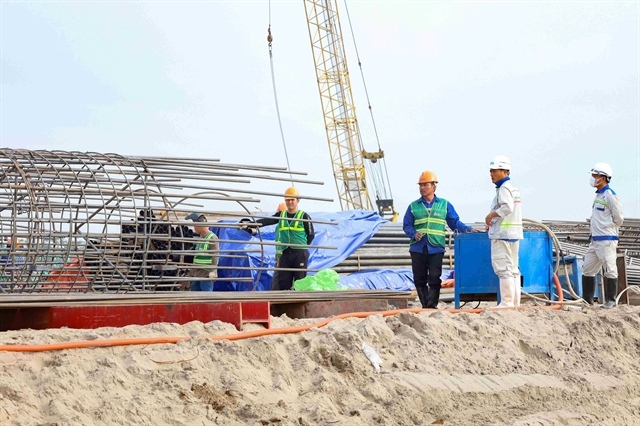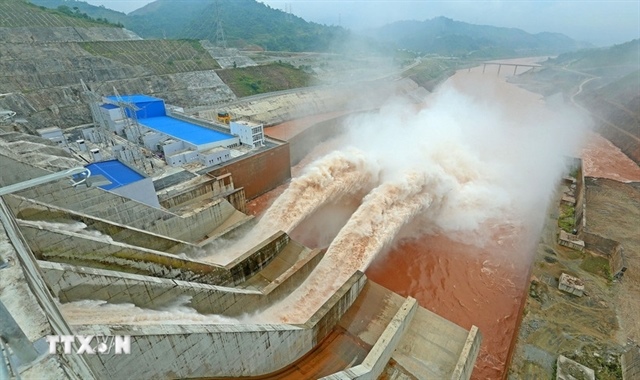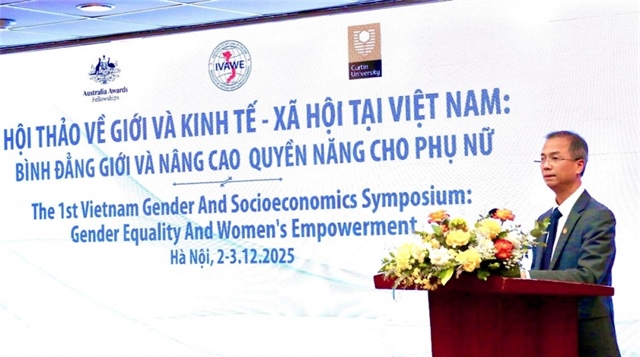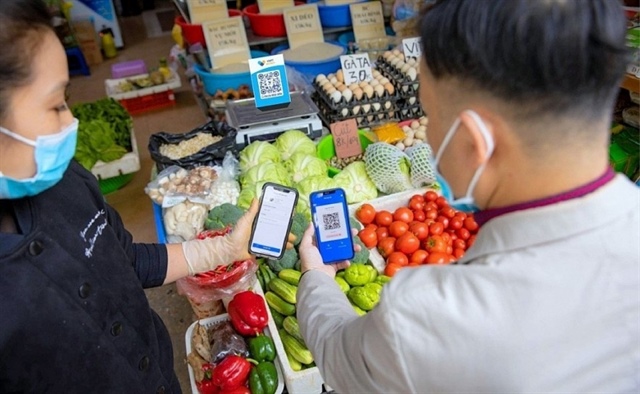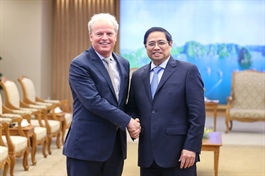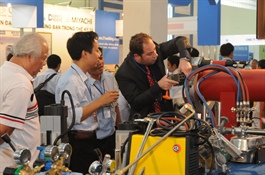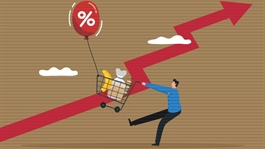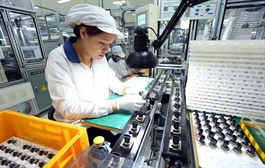Laos market favoured by many Vietnamese investors: Trade counsellor
Laos market favoured by many Vietnamese investors: Trade counsellor
The Lao market remains a top destination for many Vietnamese investors as the two countries are neighbours and Laos recognises most quality certifications from exporting countries, according to Le Thi Phuong Hoa, Vietnamese Trade Counsellor in Laos.

In addition, Vietnamese goods exported to Laos are eligible for zero tariffs and vice versa under the ASEAN Trade in Goods Agreement (ATIGA), the Viet Nam – Laos trade agreement and border trade agreements, Hoa said.
Viet Nam and Laos share a borderline of more than 2,300 kilometres running through 10 cities and provinces of each nation. Last year, two-way trade reached US$1.37 billion, a surge of 33.3 per cent against 2020, data from the Vietnamese Ministry of Industry and Trade showed.
Viet Nam’s exports to Laos totalled $594.7 million, up 4 per cent year-on-year while imports from Laos jumped 69.8 per cent to $778.2 million.
In the first half of this year, imports from Laos soared 45.3 per cent year-on-year to $514.6 million. Key imported items included rubber, wood and timber products, fertilisers, vegetables, ores and minerals.
Exports edged down 6 per cent year-on-year to just $309.4 million during the period. Viet Nam mostly shipped to Laos iron and steel products, vehicles and parts, machinery and components, fertilisers, plastics and vegetables.
Viet Nam has so far invested some $4.3 billion in 417 projects in Laos, making it the third largest investor there. Laos has given priority to Vietnamese investors in multiple areas, including clean agriculture, and processing and manufacturing.
One of the biggest Viet Nam-funded projects in Laos is Vinamilk Lao-Jagro dairy complex, worth some $66.4 million, in Xiangkhouang. Vinamilk, Viet Nam’s leading milk producer, has recently imported 1,000 Holstein-Friesian dairy cows from the US for its farm in Laos.
The two countries are believed to have huge potential to expand co-operation in electricity and mining. They are striving to raise the bilateral trade by 10 – 15 per cent this year after two years suffering from economic fallout caused by the COVID-19 pandemic.



